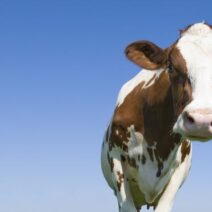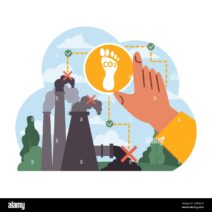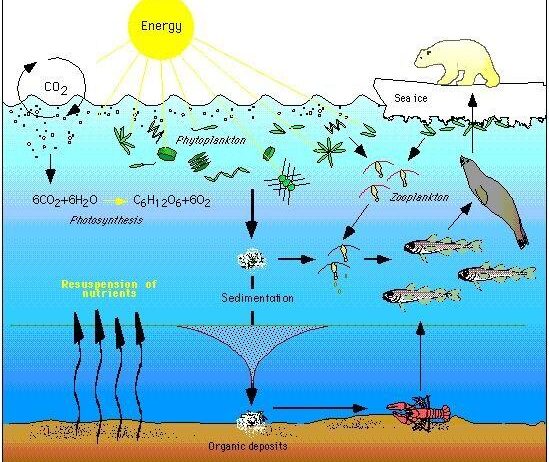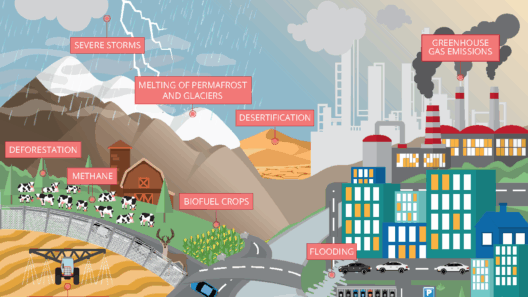The intricate tapestry of ecosystems is woven from interdependent strands of life. Imagine an elaborate web, with each species representing a distinct thread, interconnected to others through the myriad relationships of predator and prey, symbiosis, and competition. Disrupt one thread with climate change, and the entire structure begins to unravel, leading to profound consequences for biodiversity, ecosystems, and ultimately, the services these systems provide to humanity.
The phenomenon of climate change is akin to a slow-motion cataclysm, a gradual yet relentless upheaval of the natural order. The Earth’s atmosphere is warming, primarily due to the accumulation of greenhouse gases from human activities. This warming is not just a solitary event but a precursor to a cascade of ecological effects that threaten the balance in ecosystems large and small. As temperatures rise, so too do the stakes for biodiversity.
One of the most immediate effects of climate change is its impact on temperature-sensitive species. Many organisms are ectothermic, meaning their body temperature and physiological processes hinge on the external environment. For example, coral reefs, often referred to as the “rainforests of the sea,” are exquisitely sensitive to temperature fluctuations. When water temperatures rise beyond their tolerance, coral bleaching occurs—a phenomenon where corals expel the symbiotic algae living in their tissues. This loss not only affects the coral but has profound ramifications for entire marine ecosystems dependent on these vibrant structures for shelter and food.
Moreover, shifting climatic conditions alter the geographic ranges of species in ways that can destabilize existing ecosystems. As temperatures creep upwards, many organisms are forced to migrate toward cooler altitudes or latitudes. This shift can create a mismatch in migratory patterns. For instance, birds that nest in the spring may find their food sources—the insects—have already emerged due to warmer temperatures, leading to nursery deficit and chicks that arrive at an inhospitable feeding ground. Such disruptions reveal how interdependent the links in the food chain are and illustrate the potential for cascading failures throughout ecosystems when one species falters.
Temperature changes can also affect the phenology of plants and animals, altering the timing of key events such as flowering, breeding, and migration. The synchronous relationships between flora and fauna—a delicate dance of evolution—are at risk. For example, if plants bloom earlier due to warmer springs, pollinators like bees may not yet be active or available to facilitate pollination. This misalignment can lead to diminished plant reproductive success, undermining the food web that relies on those plants. The repercussions can ripple through the ecosystem, affecting herbivores and the carnivores that prey upon them.
Water systems are similarly affected by climate change, with rising temperatures leading to increased evaporation rates and changes in precipitation patterns. The resultant alterations in freshwater availability can spell disaster for countless species. Aquatic ecosystems, from rivers to lakes, face temperature increases that can lead to reduced oxygen levels, creating “dead zones” where few organisms can survive. The health of these water bodies is essential, as they provide habitats for fish, amphibians, and other wildlife while playing a crucial role in human water supplies.
Consider also the impacts of ocean acidification, a direct consequence of increased carbon dioxide (CO2) concentrations. As oceans absorb CO2, they become more acidic, which poses a significant threat to calcifying organisms such as mollusks and certain types of plankton, vital for marine food webs. When these foundational species are compromised, the entire marine ecosystem can face destabilization, causing a ripple effect up through the food chain, eventually impacting human industries like fishing and aquaculture.
The unique appeal of wetlands also deserves our attention. These ecosystems act as natural buffers against climate change, absorbing excess rainfall and providing critical habitat for diverse species. Wetlands are, in essence, the lungs of the Earth, facilitating the exchange of gases. Yet, they are among the most threatened ecosystems worldwide, with climate change intensifying their vulnerability. Rising sea levels and altered precipitation patterns challenge their ability to maintain ecological integrity, thus jeopardizing the myriad species that find refuge within their marshy depths.
Inland ecosystems, such as forests and grasslands, face their own set of challenges due to climate change. The increasing frequency and severity of wildfires, largely linked to prolonged drought conditions, exemplify how climate change can catalyze destructive feedback loops. Forests that once acted as carbon sinks are now potential carbon sources, releasing stored carbon back into the atmosphere and exacerbating climate change. The cycle of destruction raises questions about resilience; some ecosystems may, indeed, adapt, but others could face irreparable harm.
As we stand on the precipice of irreversible change, recognizing the interconnected nature of ecosystems is paramount. The chain reactions initiated by climate change ripple far beyond individual species, affecting the intricate web of life that sustains our planet. The responsibility lies with humanity to understand these relationships and strive toward effective mitigation strategies. Protecting habitats, implementing sustainable practices, and reducing carbon emissions are crucial steps toward fostering resilience in our ecosystems.
In conclusion, the impacts of climate change on ecosystems illustrate a complex interplay of causes and effects reminiscent of a masterfully woven tapestry being slowly unraveled. As individual strands begin to loosen, the entire fabric of life feels the strain. It is not merely an environmental issue but a pressing humanitarian concern, requiring action that prioritizes the preservation of both our planet and the diverse life forms that inhabit it. Recognizing the symbiotic relationships that underpin ecosystems is not just an ecological necessity, but a moral imperative in safeguarding our shared future.




